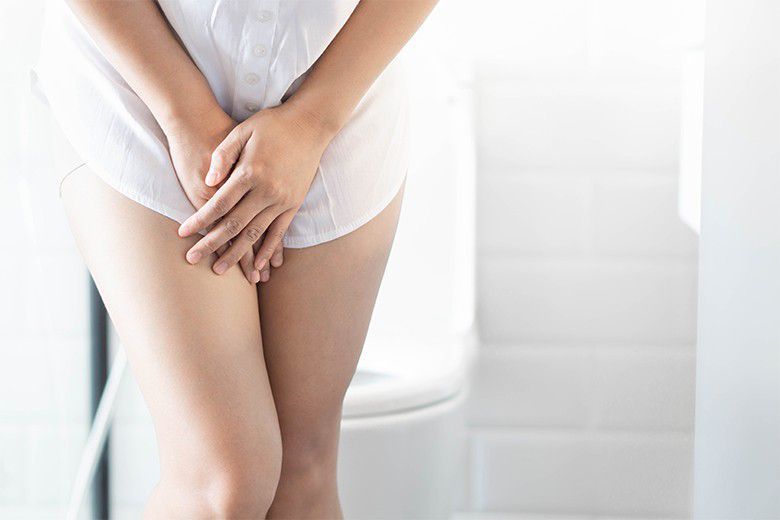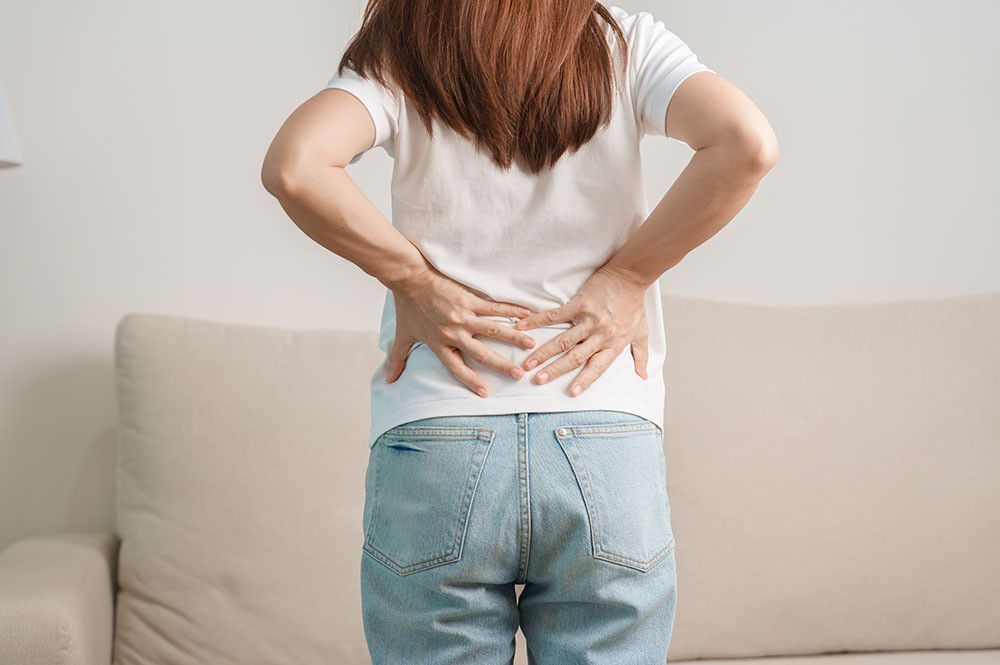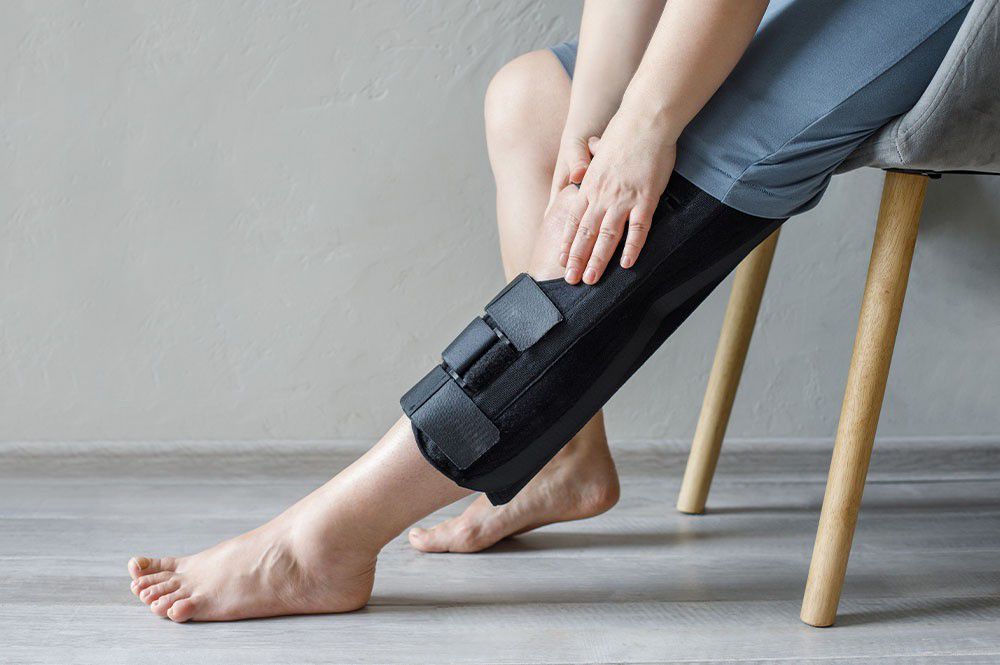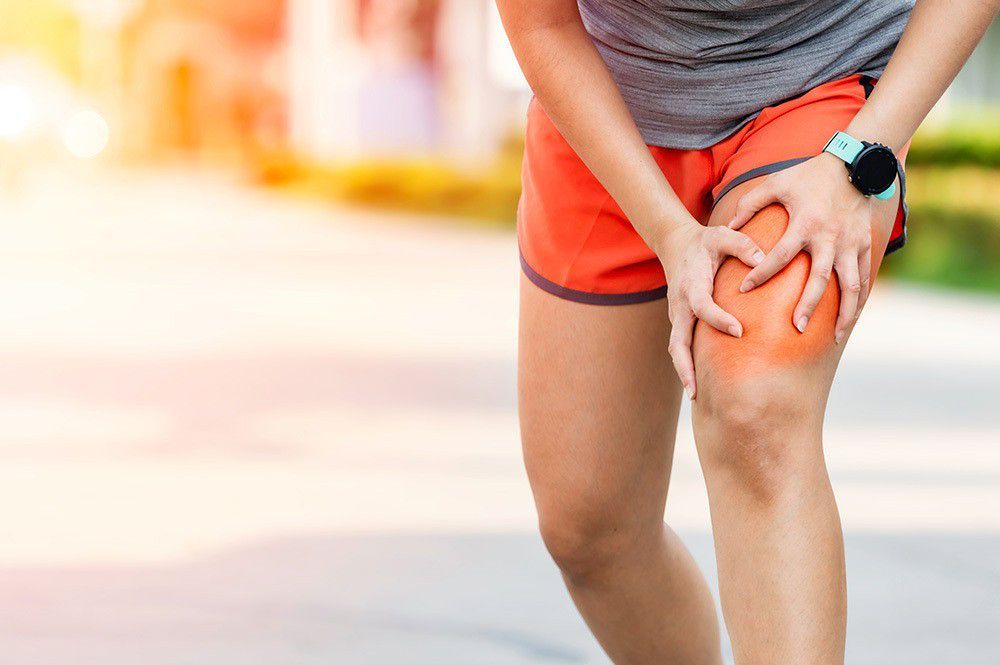Physiotherapy for urinary incontinence

- 1 Physiotherapy and urinary incontinence
- 2 Correct methods for urinary incontinence
What to do for urinary incontinence
You can specifically train the pelvic floor muscles with physiotherapy for urinary incontinence. Most exercises can be practised independently and even unnoticed, so you can easily integrate them into your everyday life.
In terms of prevention against urinary incontinence, in addition to adequate exercise and a diet rich in fibres, it would be helpful to avoid excessive stress, such as lifting heavy loads and being overweight and/or obese.
What to do for urinary incontinence
The main methods and tips to improve or properly manage urinary incontinence are as follows:
-Train pelvic floor muscles with physiotherapy and pelvic floor rehabilitation.
-Bladder diary: bladder and toilet training
-Protection during physical stress.
-Correct bathroom behaviour.
-Reducing obesity.
-Avoiding diuretic drinks.
-Ensure regular bowel movements.
Treatment of urinary incontinence
The choice of therapy depends on the type of incontinence.
Stress incontinence: in mild cases, pelvic floor training, possibly with electrical stimulation, is usually successful. Medications play a rather subordinate role.
If conservative methods are unsuccessful, minimally invasive surgery may be necessary. Additional measures:
-weight reduction,
-stool regulation.
Urge incontinence: it is essential to eliminate/treat the cause, such as foreign bodies or bladder infections. The focus is on pharmacological treatment with, for example, anticholinergics. This treatment calms the bladder muscles and increases their volume.
In postmenopausal women, topical application of hormones (oestrogen) can help. In more severe cases, botulinum toxin injections into the bladder muscle or implantation of a bladder pacemaker can be performed. Additional measures:
-weight reduction,
-bladder diary
-urination training,
-pelvic floor training,
-electrostimulation.
Mixed incontinence: the therapy is a combination of stress incontinence and urge incontinence.
Overflow incontinence: in this case, urine is first drained through a catheter in the urethral or abdominal wall, then post-surgical rehabilitation is usually required.
Training the pelvic floor muscles as physiotherapy for urinary incontinence
Strengthening of the pelvic floor muscles has shown excellent results, especially in stress incontinence, as unwanted urine leakage occurs mainly due to increased pressure in the abdominal cavity.
‘Kegel exercises’, which help the pelvic floor muscles,
are named after their inventor Arnold Kegel. This type of training is particularly suitable during pregnancy and especially after childbirth (postnatal gymnastics) and can also be performed with simple exercises, such as pelvic floor lifts, to strengthen the pelvic floor.
This form of training shows good results when incontinence is already present.
At first, it might seem difficult to understand how these muscle layers can be consciously activated, but with daily repetition and training, you will achieve good results.
Most exercises can be performed unnoticed, e.g. in the office or public transport.
They can therefore be easily integrated into everyday life.
Specialised instructors, such as physiotherapists specialised in this type of rehabilitation, or specialised midwives, can teach you the correct technique and specific exercises.
There are also behavioural therapy approaches such as toilet and bladder training for which you keep a bladder diary.
Equally important are the doctor’s explanatory talks on risk factors or lifestyle, such as drinking and eating habits: for example, avoiding diuretic drinks (coffee, black tea, carbonated and alcoholic drinks) has a positive effect.
A diet rich in fibre and adequate fluid intake reduces the tendency to constipation, which can sometimes positively affect incontinence.
Bladder diary
Keeping a urinary or bladder diary can provide the doctor with valuable information. It can also later be used therapeutically, especially in connection with behavioural change.
You record relevant information in your diary over several days: the amount drunk, the frequency of urination, the amount of urine, the intensity of urinary urgency, and whether wetting has occurred.
Protection during physical stress
Lifting weights properly relieves the spinal column and the bladder and pelvic floor muscles. Therefore, it is always helpful to lift weights by lifting with the knees, if possible, and to carry the load close to the body.
Women should generally not lift excessive weights, especially during the menstrual cycle, and should be protected from extreme physical exertion when lifting loads. An excellent upright posture is also recommended.
Correct behaviour on the toilet
Contrary to popular belief, stopping urination is not a good exercise for the bladder muscles. Moreover, when on the toilet, exerting intense pressure while evacuating has a strong negative impact on the pelvic floor muscles.
Going to the toilet too often or too infrequently is not suitable for preventing or treating urinary incontinence: urinating too often can reduce bladder capacity or cause the bladder muscle to never fully stretch. However, if one waits too long to go to the bathroom, the bladder wall may instead dilate excessively.
Reduce obesity
Severe obesity is not only a risk factor for various metabolic diseases, atherosclerosis, cardiovascular diseases, hypertension, type 2 diabetes mellitus, and various joint diseases, but in the long term, it also damages the abdominal tissue and increases the weight of the internal organs due to the accumulation of fat.
All this strains the pelvic floor muscles and can promote urinary incontinence.
Make sure you lose weight and maintain your new weight in the long run through dieting. It is the only way to achieve and maintain your desired weight and helps prevent or cure urinary incontinence.
The rule of thumb is: lose a maximum of half a kilogram to one kilogram per week.
This corresponds to a maximum reduction in body weight of between 25 and 50 kilograms per year.
Avoiding diuretic drinks
Beverages containing caffeine, such as coffee and black tea, can sometimes negatively affect the development of incontinence.
Carbonated and alcoholic drinks can also increase the urge to urinate.
Ensure regular bowel movements
Severe constipation leads to straining during bowel movements, sometimes damaging the pelvic floor.
Therefore, ensure regular bowel movements with the help of a balanced diet. Fruits and vegetables, and fibre are helpful for this.
Sufficient fluid intake is also essential for regular bowel movements.
Exercise also supports healthy digestion, e.g. Nordic walking or hiking.









